What is VESA Mount? And How to Choose it?
The choice of a mount for your monitor is mostly a matter of taste, but in addition to the weight and size of your monitor, there is one specification you should be aware of to prevent any compatibility problems – your VESA mount specifications.
The VESA mount specifications of a monitor are a set of regulations that dictate the positioning of the four mounting holes on the back of your monitor. If you do not know about the VESA mount specifications of your monitor or you fail to stick to them, you may eventually buy a VESA mount that does not fit your monitor.
What is the VESA Standard?
The VESA Mounting Interface Standard (MIS), also known as the Flat Display Mounting Interface (FDMI) or just the VESA Mount, refers to a standardized system that defines the space between the four holes at the back of your screen monitor. The VESA mounting standard specifies the size of the four mounting holes on the back of the monitor and the screw types compatible with these holes. It also clearly defines the layout pattern of the holes on the monitor. To mount a monitor onto a VESA stand, it is best to position the mounting holes at the center of the back of the monitor. When the mounting holes are centrally located, the stress on the stand is minimized, which enhances its weight-bearing capacity.
Origin of VESA Mount
This system was formulated by the Video Electronics Standards Association (VESA) in 1997 and has undergone several updates, to define and regulate the interface standards of the mounting holes behind flat-screen devices, like monitors and televisions, and wall mounts or monitor brackets. Since then, VESA mounts have evolved to match up with the constant change that screens are undergoing, with more versions being added as monitor with hdmi and televisions get bigger and heavier.
The VESA mount standard unifies the VESA mount interface on most displays. This makes it a lot easier for you to find a wall mount or monitor bracket that matches the screwing interface on your display screen. It also allows you to easily mount your monitor on a wall to save space, making the available space you have more convenient.
Using a mobile arm VESA mount for your monitor helps to improve ergonomics by allowing flexible positioning of your monitor, reducing neck strain and improving posture.VESA mounts are also very easy to install as they typically require just fixing in about 4 to 8 screws and your monitor is firmly secured, saving you time and cost.
Using a VESA mount helps to protect your VESA mount monitor and reduces the risk of it toppling over in the event of an accident. It also allows you to easily hide them away so that young children and pets cannot get to them. VESA mounts also help to protect your screens by decreasing the likelihood that they will be stolen because they make it far more difficult to move them around.
How Do VESA Mounts Work?
A VESA mount provides an efficient and straightforward method for attaching your monitor securely to a stand or wall mount. It does this by aligning its screw holes on the back with those found on its mount, matching in terms of size and spacing. Just ensure the size and weight capacity matches up accordingly for best results!
Types of VESA Mount
Key Considerations for Choosing a VESA Mount
The VESA standard, which dictates the gap between the 4 screw holes on the bracket and the 4 screw holes behind the display, serves as the basis for VESA mounts. To get the right VESA mount, you must determine and comply with the standards for the VESA mount on your monitor.
In determining the right VESA mount for your monitor, the weight and screw hole pattern are two things to consider if you wish to put your monitor on a VESA mount arm. Knowing the weight is obviously important because you do not want the VESA mount interface on your display to get damaged, causing your monitor to fall off. Ensure you check the manufacturer's specifications for that.
The VESA screws interface and VESA stand are connected using the VESA pattern on the back of your monitor. Measure the distance between the screw holes and take note of their design because there are different patterns for different display sizes.
What Are the Types of VESA Mounts?
Fixed VESA Mounts
Fixed VESA Mounts provide maximum stability and simplicity by preventing the display from being able to be moved in any direction or angle. These mounts are ideal for screens that need to be stationary, like in conference rooms, exhibition areas, and home TV walls. The minimalist design allows them to save space while ensuring excellent stability.
Tilt VESA Mounts
Tilt VESA mounts offer additional angle adjustment functionality, with tilt ranges ranging from +15deg to -15deg. These mounts help reduce screen glare and improve viewing comfort under different lighting conditions. Ideal for home theatre setups, office displays, or business displays where minor changes to the screen angle can improve the user's experience.
Full-Motion (Articulating) VESA Mounts
VESA mounts with full-range motion (articulating) offer maximum flexibility. The screen can be rotated, tilted, and extended outward. This gives users greater flexibility in terms of viewing angles and position adjustments. These screens are ideal for environments that change orientation frequently, such as multifunctional meeting rooms or kitchens.
Ceiling and Wall VESA Mounts
Ceiling and wall VESA mounts are designed for specific installation scenarios, such as mounting displays on high walls or ceilings. These mounts are often equipped with tilt/rotate features to allow for different viewing angles or heights. They're ideal in classrooms, retail shops, and restaurants that display digital menus.
What Is VESA Mount Size?
Depending on the display you are trying to install, there are various VESA mount types. This takes into account a variety of factors, such as the distance between mounting holes (hole pattern), the maximum weight that the VESA mount can support, the size of the screen, the size of screws, and the threading pattern.
Based on this, here are the various types of VESA mounts you will have to choose from:
| Standard | Hole Pattern (WxH) | Screw Size | Display Weight | Screen Size |
|---|---|---|---|---|
| FDMI MIS-B | 50 x 20 mm | M4 x 6mm | ≤ 4.4 lbs / ≤ 2 kg | 4″ to 7.9″ |
| FDMI MIS-C | 75 x 35 mm | M4 x 8mm | ≤ 10 lbs / ≤ 4.5 kg | 8″ to 11.9″ |
| FDMI MIS-D | 75 x 75 mm or 100 x 100 mm |
M4 x 10mm | ≤ 30.8 lbs / ≤ 14 kg | 12″ to 23.9″ |
| FDMI MIS-E | 200 x 100 mm | M4 x 10mm | ≤ 50 lbs / ≤ 23.7 kg | 24″ to 30.9″ |
| FDMI MIS-F | 200 x 200 mm increments | M6 x 8mm or 10mm; M8 x 15mm |
≤ 250 lbs / ≤ 113.6 kg | ≥ 31″ |
Notice:
- M4 x 10mm: A screw hole with a diameter of 4mm and a depth of 10mm.
- M75 x 75mm: The distance between all four screw holes is 75mm.
Why Does My Screw Size Seem Different from the Table?
Although VESA recommends specific screw lengths, its actual standard allows for adjustments within an acceptable range (typically 6mm to 10mm) depending on factors like display back panel thickness, spacer thickness, and design of mounting bracket.
Some monitors with nonstandard back panel thickness may come equipped with M4 x 7mm screws preinstalled by their manufacturers. As long as these meet installation requirements and do not damage their device, this meets VESA standards.
Certain manufacturers may recommend M4 x 7mm screws due to the unique designs of their products while remaining compliant with VESA standards.
How to Choose the Right VESA Mount for Your Monitor
Choosing the right VESA mount for your monitor is not rocket science. If you follow the criteria above, you should find it pretty easy to choose the right VESA stand for your monitor. However, here is a more detailed approach to choosing the right VESA mount for your monitor:
Look at the Back
The very first thing you want to do when choosing a VESA mount for your monitor is to take a look at the back of the monitor. This will help ascertain whether your monitor is a VESA-compatible monitor or not. If you notice mounting holes drilled into the back directly into the monitor itself like this or a steel frame.
The 100mm VESA mount is the standard and the most common variant, followed by the 75mm VESA mount. However, you can get a corresponding VESA mount for a smaller or larger monitor.
Look at the Hole Distance
You want to measure the distance between the screw holes at the back of your monitor. This will help you determine the VESA pattern you are working with. To do this, just measure the distance between the screws both horizontally and vertically in millimeters.
Look at the Size and Weight
Next, you want to determine the size and weight of your monitor. This will help you place the VESA mount that matches the VESA standard of your monitor. Getting the size right will ensure that the monitor fits neatly into an ergonomic position.
Getting the weight, on the other hand, will ensure that you choose a VESA mount that can hold the weight of your monitor safely, as you may need a heavy-duty option for very heavy setups.
Note that the hole pattern and monitor weight are the two main aspects you should take into account when choosing a VESA mount that would work with your display. Screen size only becomes an issue when installation space is limited, for example when you are using multiple screens.
Look at Your Needs
It is important to consider your needs when choosing a VESA mount for your monitor because the adjustability of a monitor stand varies from one stand to another. You should consider whether you will need to move your screen horizontally, vertically, or even forward or backward and whether you will need to tilt it to reduce glare.
You should also take a look at the clamping options available to determine which will work best with your desk or workspace. This is because you need a VESA mount that is stable, otherwise, you could cause damage to your desk, or even worse, your monitor. Common clamping options include the desk clamp, the grommet mount, the cubicle hanging mount, and the wall mount.
If you would be needing accessories like tablets or laptop holders that are attachable to the VESA monitor arm, you want to ensure you go with one that supports your needs.
Look at Durability and Build Quality
When shopping for a VESA mount, look at its material quality and build quality. Opt for mounts made from sturdy materials like steel or aluminum to ensure reliable setups, especially for heavy monitors or professional environments. This ensures safety and optimal reliability.
Look at the Installation Method
After choosing your preferred VESA mount, you need to get down to installing it. This process is typically a stress-free one that you can handle by yourself. This process should not take too much time, since the bulk of the work is to attach the VESA mount to your monitor and fasten the screws in place.
Consider safety issues during installation. Verify that the VESA mounting is securely mounted to the surface. Also, ensure its weight capacity meets the required requirements for both the monitor as well as the mount to avoid damage.
Once you are done with that, all that is left is to clamp the VESA stand to your desk or workplace using the available mechanism.
Frequently Asked Questions on VESA Mount
Where Can I Find the VESA Standard of my Monitor?
Oftentimes, the datasheet for your monitor should contain information regarding the Flat Display Mounting Interface (FDMI), or the VESA Standard. If you do not have that, you can always look for 4 threaded holes on the back of your display that are spaced apart from one another.
They may occasionally be covered with a plate or rubber plugs. So make sure to look closely. Once you identify them, measure the distance between them horizontally and vertically to determine the VESA standard.
What Can I Do If My Monitor Is Not VESA-Compliant?
If you have a monitor that is not VESA-compliant and you want to use a VESA mount, you will need to get a VESA adapter kit that matches your monitor. This will allow you to easily attach a VESA mount to your display and enjoy all the benefits that come with using a VESA mount.
How to Check if Your Monitor Is VESA Compliant?
How to measure vesa mount? To check if your monitor is VESA compliant, measure the distance between the horizontal and vertical center lines of the mounting holes on the back of the monitor. This measurement should match one of the standard dimensions listed above table. The image below shows an example of how the mounting holes might appear on the back of your monitor.

Conclusion
With a VESA mount, you get to enjoy increased levels of ergonomics and convenience. However, you have to be diligent in choosing the right VESA mount for your monitor to prevent any issues. You can easily choose small computer screen of Uperfect VESA-compatible devices to get started.





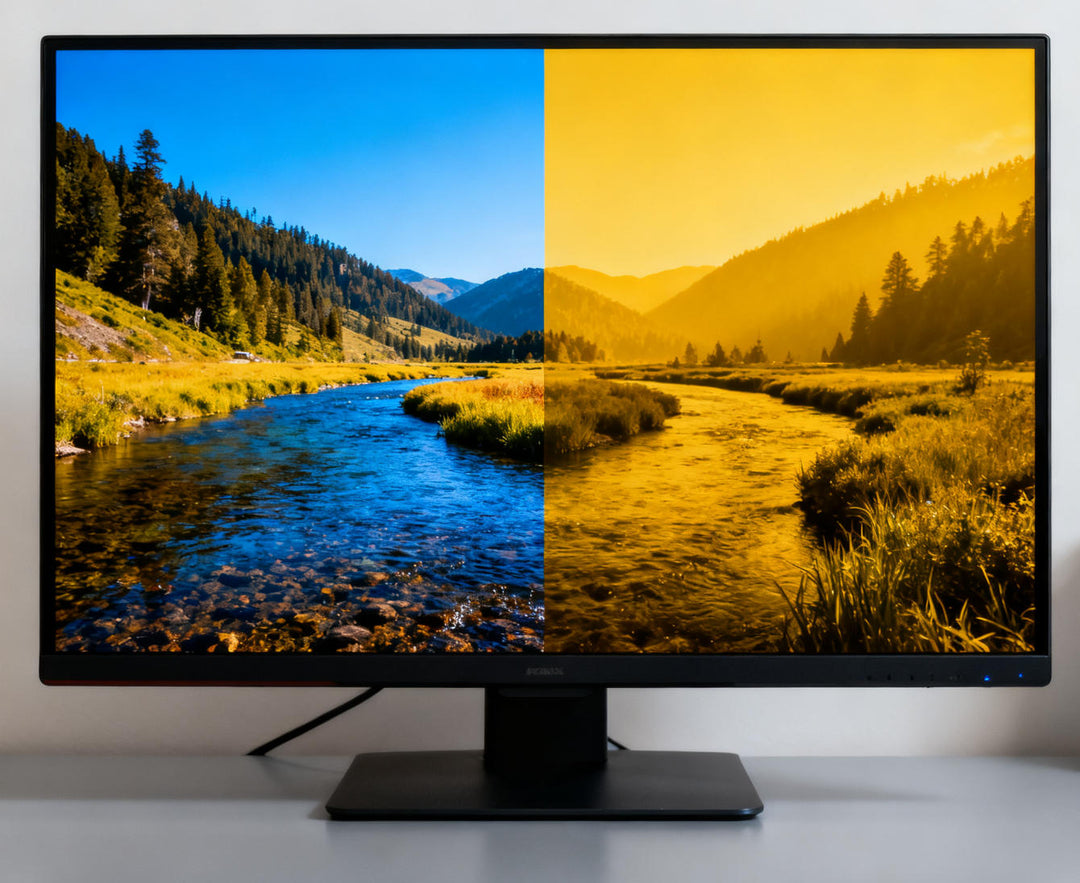
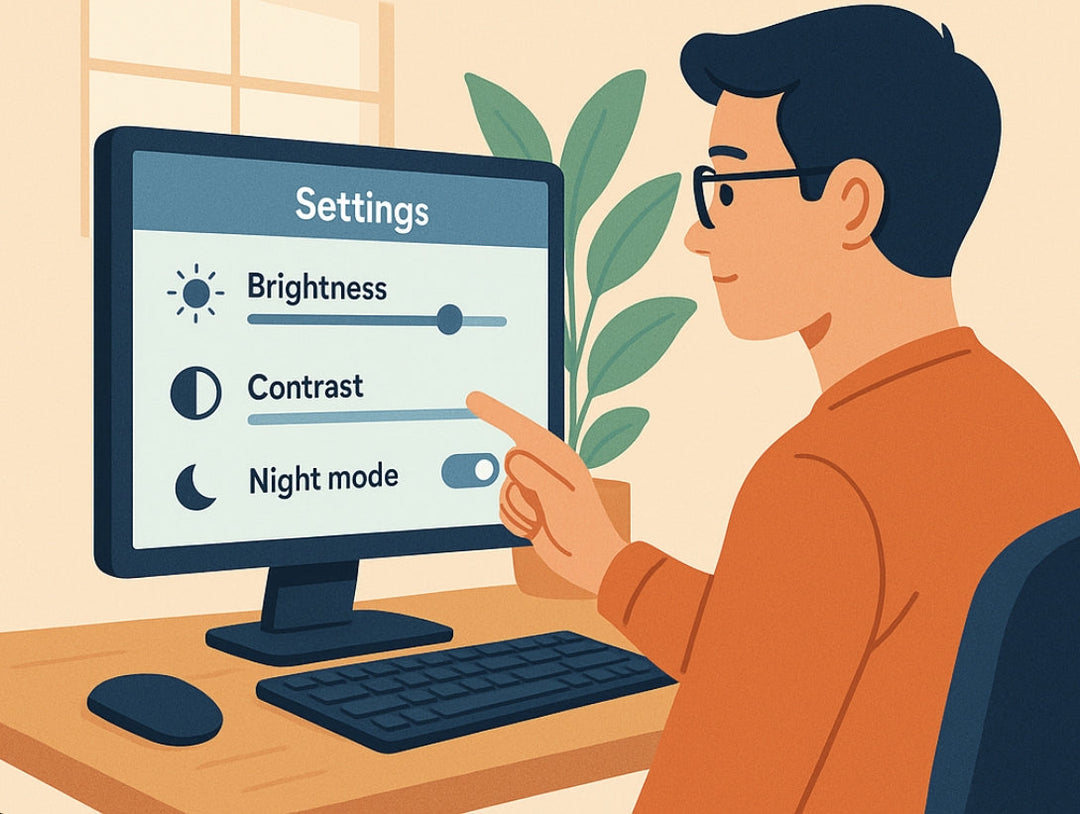
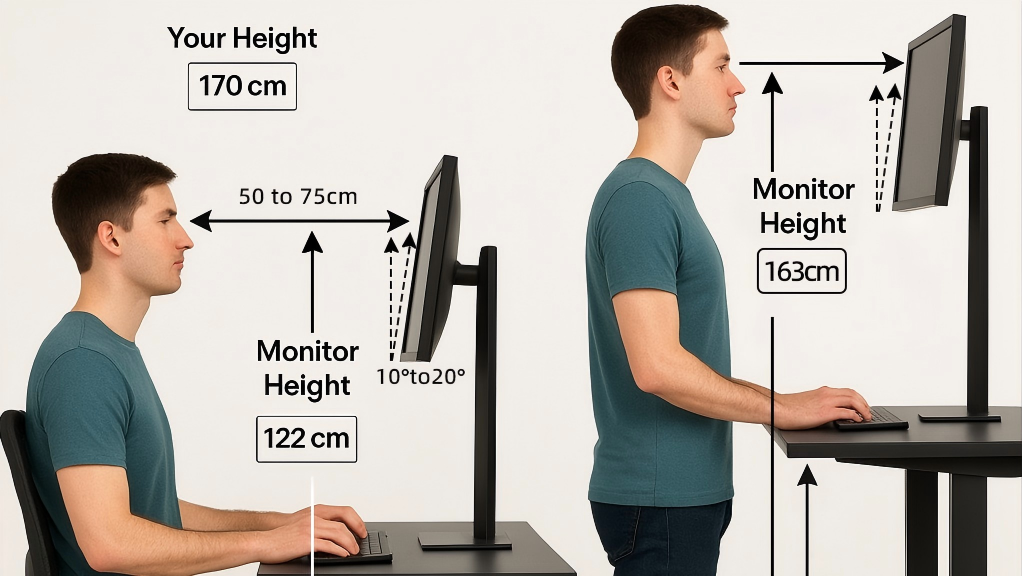
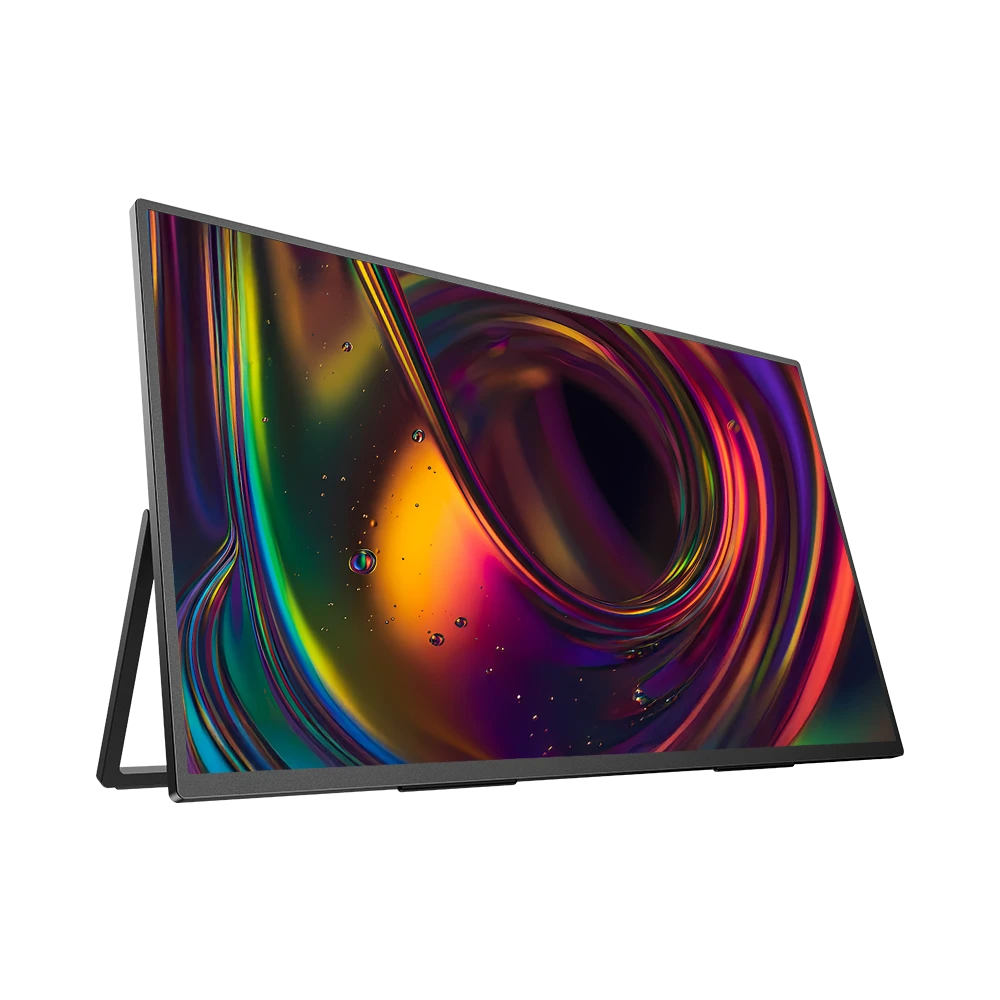

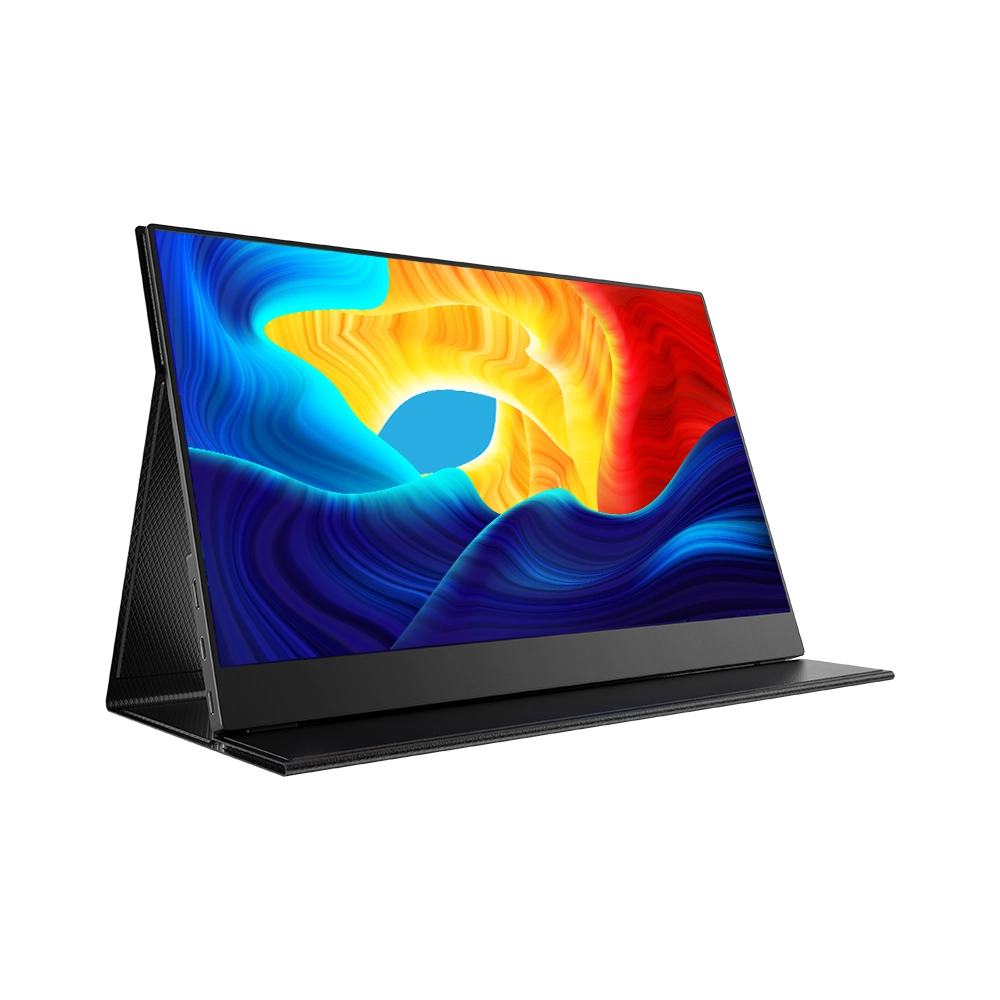
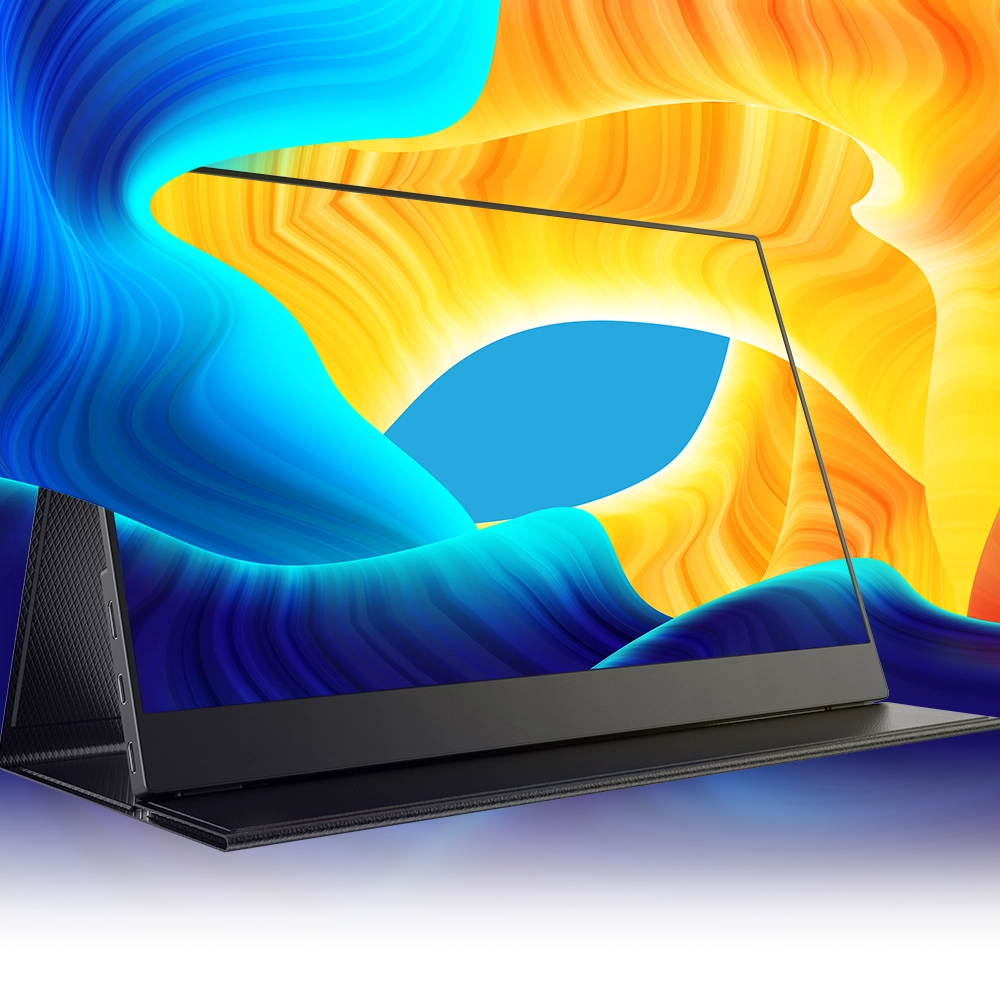


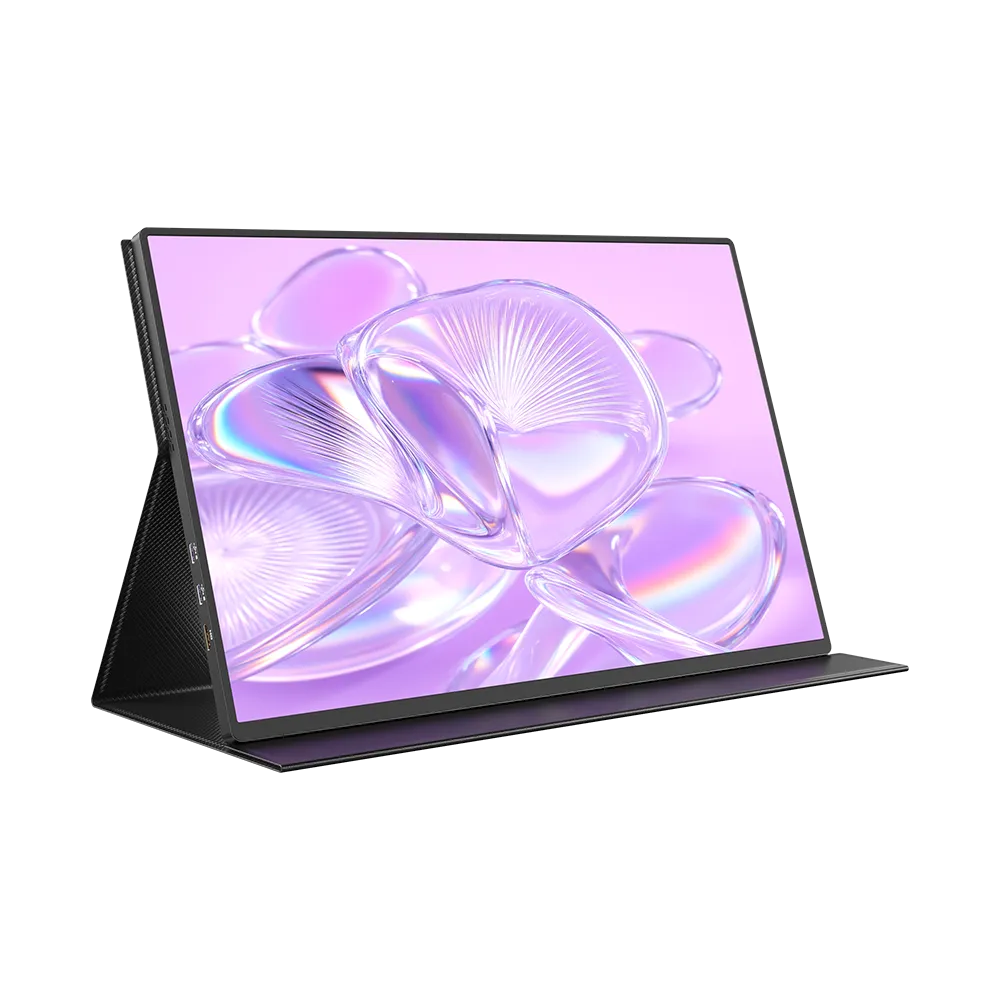




Does this work with the 4K 15.6” monitor with OLED? If so, which one please?
Leave a comment